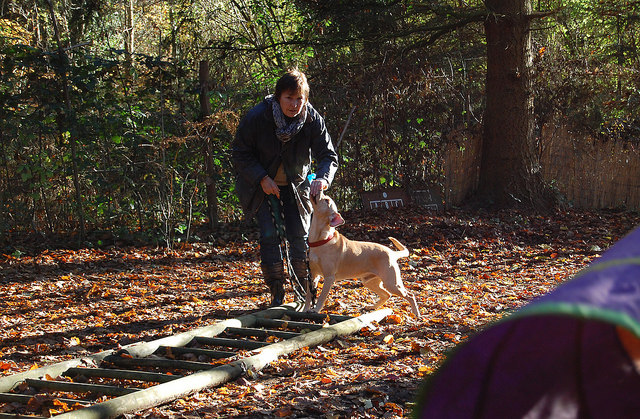What’s that old saying – “To err is human,” or something like that? Basically, we all make mistakes. And that is definitely true in dog training. While 99.99 percent of the time these mistakes are not life-threatening or something that can’t be fixed, they can definitely slow up the training process, creating frustration on both ends of the leash. The following are common training mistakes everyone makes so you can avoid them next time you train!
#1 – Train your dog for too long
Long training sessions are not ideal for several reasons. Your dog may get bored (especially a puppy or adolescent with a short attention span!), or you may start getting tired and not pay attention to what your dog is doing. And honestly, it’s a lot for your dog to take in! Remember those hour and half long college classes that about killed your brain? A training session does the same to your dog’s brain. So, shorter is better – think 10 minutes or so.
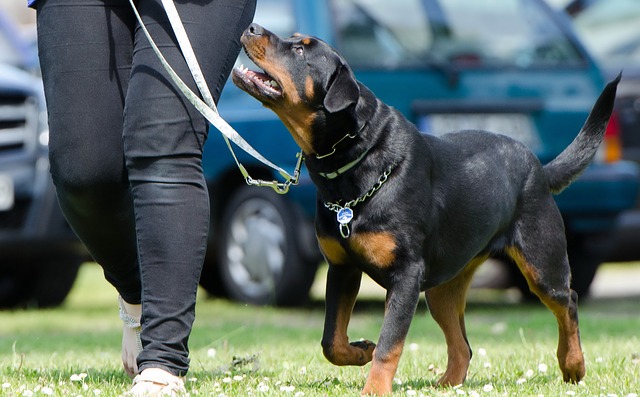
#2 – Beating a dead…
Well, you know the saying. Often when a dog gets something wrong, people just keep having them do it over and over, perhaps hoping the dog will “stumble” upon the correct response. However, if your dog gets it wrong more than 3 times in a row – STOP. This means you are not giving you dog enough information. If you keep doing it, your dog is just going to get frustrated and stop trying and you will lose your patience.
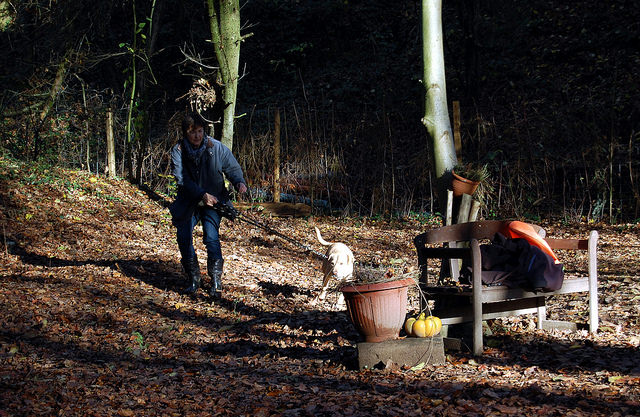
#3 – Training when in a bad mood
This is a recipe for disaster. Your dog makes a mistake and suddenly you are taking your frustration, anger, etc., out on him. Instead, hang out and snuggle with him on the couch until your mood improves, or do something without your dog.

#4 – Mixing correction and positive reinforcement methods
It has been scientifically proven that positive reinforcement methods produce better results than correction-based training. Even worse, however, is mixing the two. It creates a confusing atmosphere for the dog, who never knows if he is going to be punished or rewarded. This leads to a lack of willingness to work or offer behaviors – would you risk offering something if you weren’t sure if you were going to be rewarded or punished?
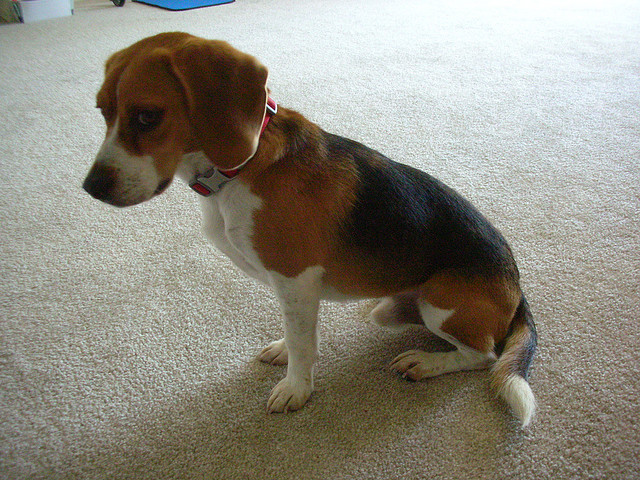
#5 – Abusing the clicker
There are rules to using the clicker correctly. Common mistakes include clicking and not rewarding your dog (once is fine, but keep doing it and that clicker will lose its value to the dog) and clicking more than once per behavior (dogs move fast and if you click several times for one behavior, your dog has no idea what you were marking).
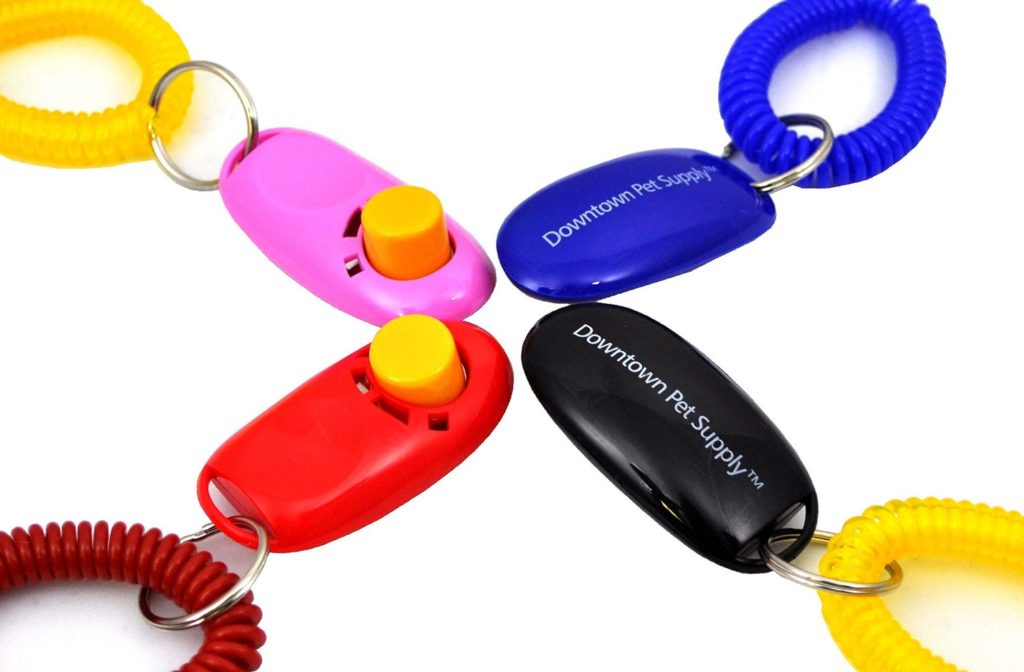
#6 – Not enough practice
This mistake is a biggie because it will affect your dog’s performance. Many people take a dog obedience class and during that time they practice with their dog. She learns the behaviors and everything is good. Fast forward a few months, or a year even, and the owner is upset because the dog won’t sit to greet….a behavior she hasn’t been asked to do since the class. Dogs get rusty on skills just like us – could you solve an algebraic equation if someone presented it to you? Probably not, unless you use them in your daily life. So, be sure to keep up on your dog’s skills – remember just a couple minutes a day is all it takes!
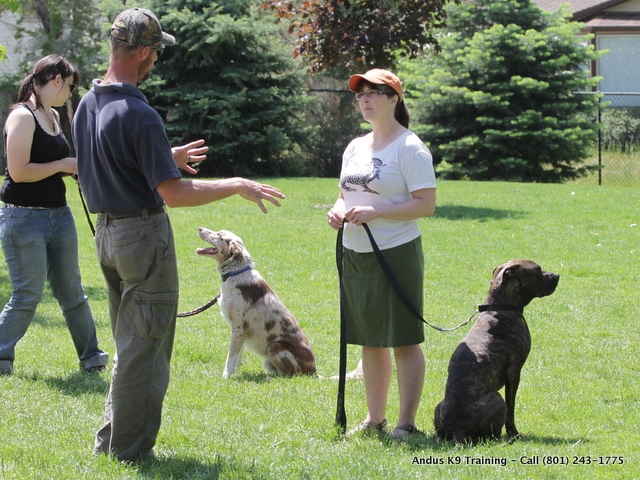
#7 – Command nagging
This is a big one that most dog owners do – repeating cues. You say sit, your dog doesn’t respond and you say sit again. And again. Then, we wonder why our dog doesn’t respond the first time we say a cue. Well, when you command nag, you are essentially teaching your dog he doesn’t need to respond the first, second, even fourth time. Instead, you have now taught him that the cue is “Sit, sit, sit, sit.” And your dog will wait for that fourth cue before responding. The worst cue for this is come. Only say it once. If your dog doesn’t come, go get him. Don’t say the cue at all if you are not sure your dog will respond, like at the dog park.
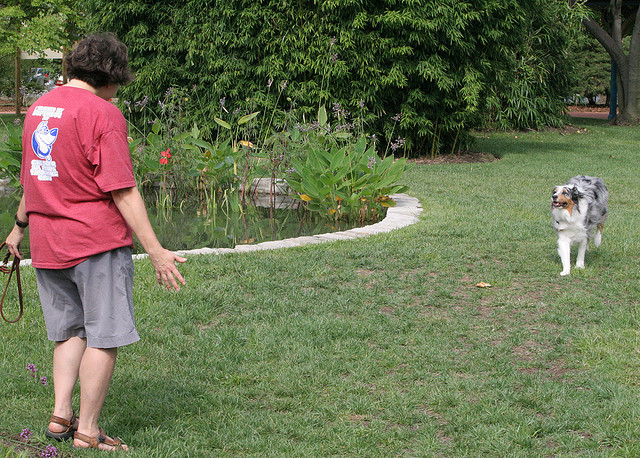
#8 – Always train in the same place
If you have a dog that behaves perfectly at home and is then a monster everywhere else, you are guilty of this mistake. Dogs don’t generalize – meaning if you teach your dog to sit in your living room and then ask him to sit upstairs or outside, he may not do it. Or, it may take him a while to think it through. In order to have a well behaved dog everywhere, be sure to take your training on the road and practice behaviors in lots of places.
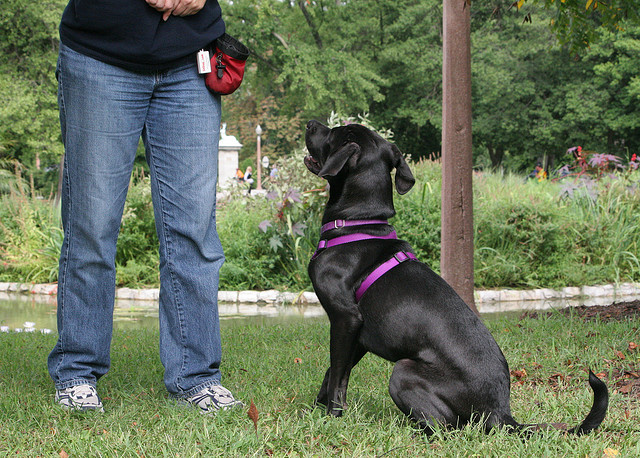
#9 – Too many treats
While treats are, for most dogs, a great way to start the training process, don’t forget to add in praise, toys, and “real life rewards” like petting and play as soon as your dog learns a behavior. Otherwise, you will have one of those dogs that only works if you have food on you.
